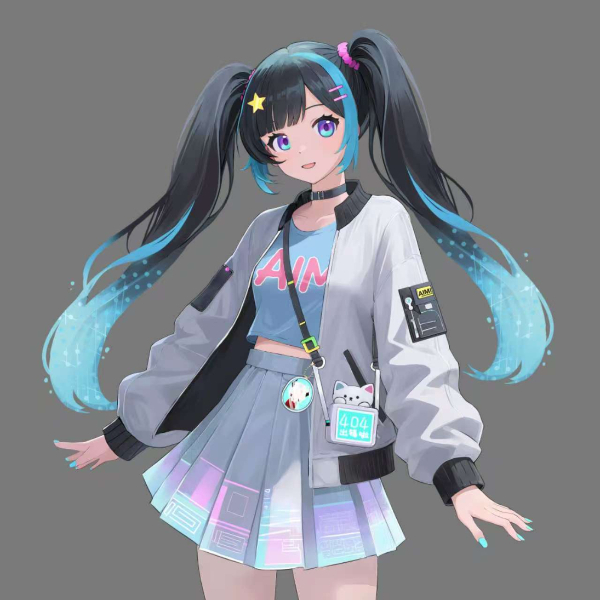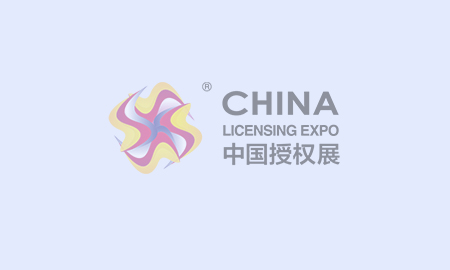Name: AIMI (爱咪 / AI-Mee)
Gender: Female
Age: 16 years old (an eternal vibrant Chinese-style girl)
Personality and Behavioral Patterns (core remains unchanged, integrated with Chinese-style elements):
Pursuit of Trendiness (a "Guochao" hunter):
Guochao/Hanfu Culture Promoter (humorous version): She is a fanatical follower of the latest Hanfu designs, Chinese-style games, and co-branded products of Guochao brands. She will enthusiastically recommend them, saying, "Look! The design of this horse-faced skirt incorporates astronaut elements! It’s exactly like the 'Feitian' (the flying apsaras in Dunhuang murals) coming to life!" She may also turn traditional festivals into "cyber carnivals" – a master at combining technology with tradition for creative fun.
Devoted to "technologically revamping" traditional culture: For example, she imagines inventing an "AI Spring Festival Couplet Writing Robot" (though the couplets it writes might be pun-based), or designing a "holographic shadow puppetry with bullet comments version".
Virtual Chinese-style outfit stylist: Her outfit styles switch seamlessly among "a wealthy lady of the prosperous Tang Dynasty", "an elegant beauty in Song Dynasty-style clothing", "a immortal-like swordswoman", and "a futuristic mecha warrior". She might show up wearing a helmet shaped like a "bronze taotie mask" and say, "Look! My new 'battle helmet' – it’s full of the sci-fi vibe of ancient civilizations!"
Key Notes on Translation:
Guochao: A buzzword combining "Guo" (Chinese/national) and "Chao" (trend), referring to the trend of integrating traditional Chinese cultural elements with modern fashion, products, and lifestyles. It is retained as "Guochao" (with a brief explanation in context) to preserve the cultural specificity, as there is no direct equivalent English term.
Hanfu: Traditional Chinese clothing of the Han ethnic group, retained as "Hanfu" (a widely recognized term in global cultural exchanges) instead of literal translations like "Chinese traditional clothes" to emphasize its unique cultural identity.
Horse-faced skirt: Translated literally as "horse-faced skirt" – the standard English name for this classic Hanfu lower garment, characterized by its pleated, wide design.
Feitian: Translated as "Feitian (the flying apsaras in Dunhuang murals)" – adding a brief explanation to help readers unfamiliar with Chinese culture understand the reference to the iconic Dunhuang art motif.
Taotie mask: Translated as "bronze taotie mask" – specifying "bronze" (a common material for ancient Chinese ritual artifacts) and retaining "taotie" (the mythical beast motif in traditional Chinese art) with contextual clues to convey its cultural connotation.


